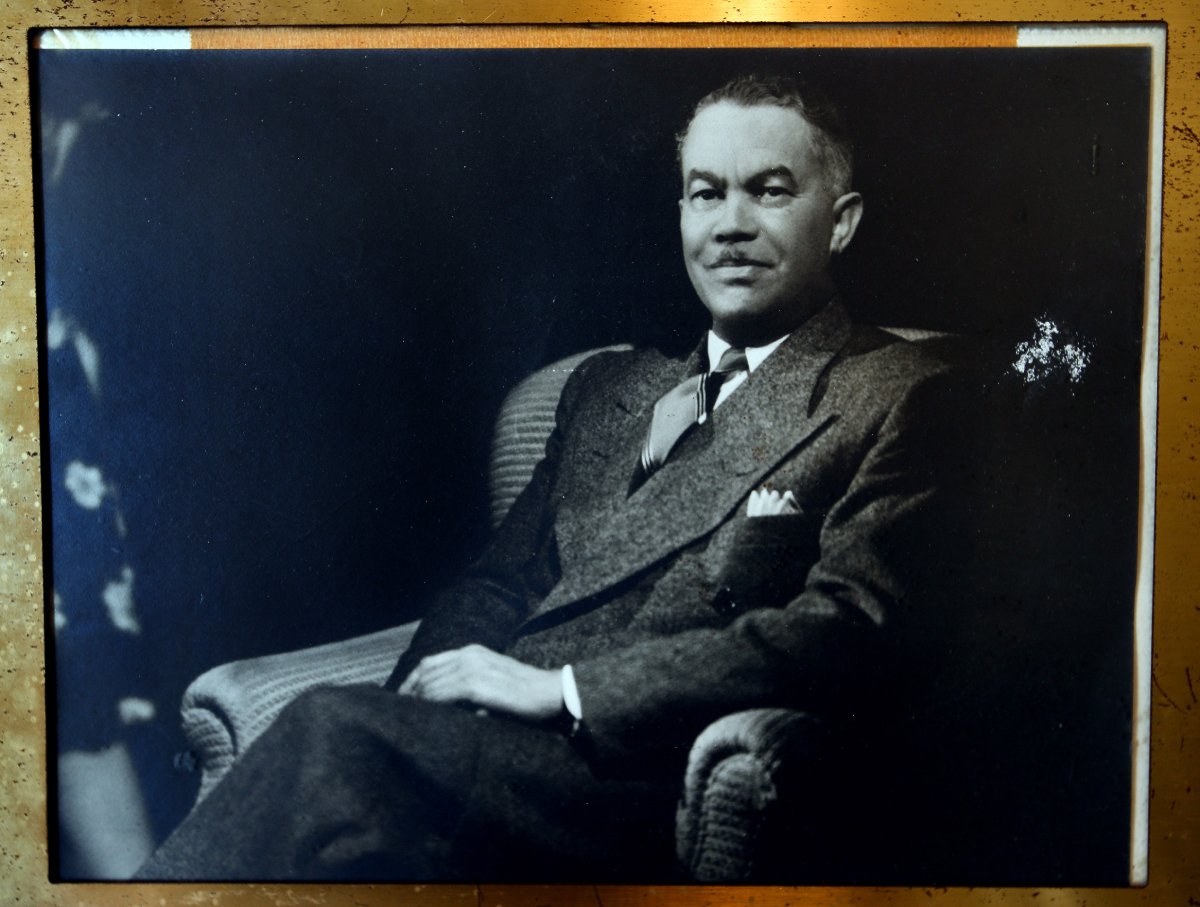
Paul Williams Designed Homes for Stars Like Frank Sinatra and Lucille Ball in Neighborhoods He Would Not Have Been Allowed to Live In
Paul Williams is a well-known name in the world of California architecture and real estate. As the first black architect to become a member of the American Institute of Architects — and the group’s first black fellow — Williams designed at least 2,500 houses and commercial buildings around the world. Most of them in and around Los Angeles.
His career began in the early 1920s, and his innovative and elegant designs attracted clients with money and taste — including a number of celebrities. In fact, Williams designed homes for stars like Frank Sinatra and Lucille Ball in neighborhoods he wouldn’t have been allowed to live in because of his race.

Paul Williams became an orphan at the age of 4
Williams was born in downtown Los Angeles in 1894 but was an orphan by the time he was four years old. His parents, Chester and Lila, died of tuberculosis. So, he was raised by a family friend who told him he could be anything he wanted when he grew up.
The one thing he wanted was to be an architect and design homes for families, despite the fact he couldn’t find any black architects to be a role model or mentor. He was also warned that this career goal was impractical because “your own people can’t afford you, and white clients won’t hire you.”
Not only did Williams become an architect, but his work came to signify glamor in Southern California. He literally helped shape Los Angeles while being the “architect to the stars.”
His designs have signature hallmarks
Williams’ granddaughter — Karen E. Hudson — has chronicled his life and work for 30 years. In her book Paul R. Williams: Classic Hollywood Style, she focused on some of the homes of her grandfather’s celebrity clients.
She says that many of Williams’ homes feature characteristics that were innovative at the time, but are now considered commonplace. Most notably — the patio as an extension of the home and hidden, retractable screens.
One of his hallmarks was a luxurious curving staircase. He also had an innate ability to make grand spaces cozy. Those who know Southern California real estate know what a big deal it is to live in a Williams’ home. The first one he built was a 1925 colonial in LA’s posh Brentwood neighborhood, and they just don’t hit the market that often.
Bret Parsons — the head of the architectural division of John Aaroe Group, a Beverly Hills real estate brokerage handling multimillion-dollar properties — told NPR that when a Williams home comes up for sale, it is “gobbled up in seconds.”
“They’re an absolute pedigree for someone to have in their arsenal,” Parsons said.
Paul Williams designed homes for celebrities that were in neighborhoods he wasn’t allowed to live in
Several of Williams’ high-end clients were celebrities from the Golden Age of Hollywood. He built a bachelor pad for Frank Sinatra when he was in between marriages. He also designed a home for Cary Grant. And, he designed a home for Desi Arnaz and Lucille Ball and built it on land in Palm Springs that Arnaz won in a poker game.
With his signature “California Style,” Williams designed “a 4,400 square foot house with six bedrooms, a swimming pool and a lanai-type signature Williams’ space that combined and expanded the use of interior and exterior areas.”
However, because he was a minority, Williams was designing these homes for neighborhoods that he wasn’t allowed to live in.
“By law, he could not live in some of the places [where he designed homes]. Particularly in Flintridge, where he designed his first home in his own office, the land deed said a black person could not even spend the night,” Hudson explained.
In addition to designing homes, Williams also designed commercial buildings. As a favor for his friend Danny Thomas, he designed St. Jude Children’s Hospital in Memphis for free.
Williams also designed the iconic Beverly Hills Hotel, including the Polo Lounge and the Crescent Wing. He also chose the pink and green colors. And, the Pink Palace’s signature loopy signage is a neon copy of Williams’ actual signature.
He developed a unique skill to deal with the racism of his day
According to Hudson, her grandfather was well-known for having a unique skill. She says the architect “taught himself to draw upside down.” And she believes that was one of the keys to her grandfather’s success.
“Back then, it was unheard of for a black man to lean over white clients, even if he was showing them plans for their future home,” Hudson explained. “At the time, some people might have found that offensive.”
She says that Williams’ ability to draw upside down became a marketing gimmick — “Once they found out he could do it, everybody wanted him to draw upside down for them, too.”
He also toured construction sites like an English royal, with his hands clasped behind his back. The reason being, he wasn’t sure everyone wanted to shake a black man’s hand. Keeping his hands clasped gave others the option of extending their hand first.
Paul Williams worked around the barriers he faced to open doors for the next generation
Hudson says that Williams’ worked around the barriers he faced because he had an ultimate goal that he was trying to achieve.
“He believed that for every home and every commercial building that he could not buy and that he could not live in, he was opening doors for the next generation,” Hudson said.
In a 1937 essay that he wrote for American Magazine titled “I Am A Negro,” Williams himself shared his philosophy on the matter.
“Virtually everything pertaining to my professional life during those early years was influenced by my need to offset race prejudice, by my effort to force white people to consider me as an individual rather than a member of a race,” he wrote.
“I encountered irreconcilables who simply refused to give me a hearing, but on the whole, I have been treated with amazing fairness.”
Hollywood’s Architect: The Paul R. Williams Story is available to stream on the PBS app.


